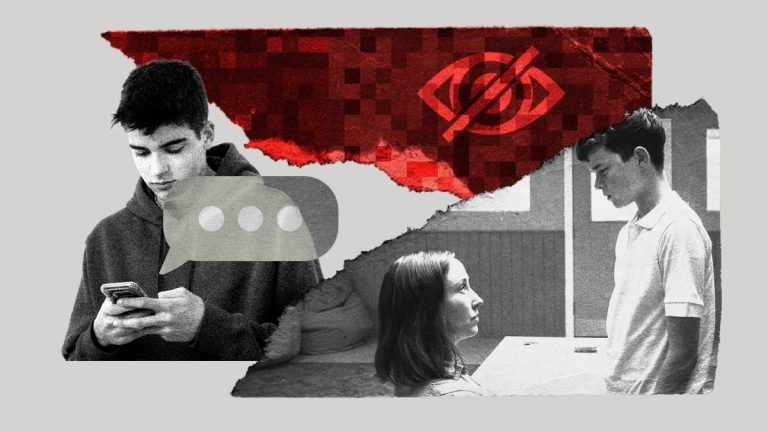The Dark Side of Social Media: A Generation at Risk
The tragic murder of 13-year-old Olly Stephens serves as a chilling reminder of the potential dangers lurking within the digital world. Lured to a park and fatally stabbed after a dispute on social media, Olly’s death underscores the escalating role of online platforms in fostering criminality, particularly among young people. The pervasive nature of social media has created a new battleground where disputes escalate rapidly, fueled by online interactions and a constant stream of harmful content. The case highlights the need for urgent action to protect children from the devastating consequences of unchecked online activity.
The investigation into Olly’s death revealed the disturbing reality of children’s access to violent and malicious content online. The ease with which young people can connect with strangers and build online relationships, often with dangerous individuals, is a grave concern. This digital landscape, where virtual interactions can quickly spill over into real-world violence, necessitates a serious re-evaluation of the role and regulation of social media platforms, especially for children. Experts like Tim De Meyer, former Thames Valley Police officer who oversaw Olly’s case, and now chief constable of Surrey, support banning social media for those under 16.
The Times Crime and Justice Commission’s report highlights the alarming regularity with which social media is implicated in criminal activity, echoing Stuart Stephens’, Olly’s father’s, lament, "Social media is killing our children." From knife crime and violence against women and girls to terrorism and child sexual exploitation, the commission’s findings paint a stark picture of the pervasiveness of online harm. Experts, including Dame Lynne Owens, former head of the National Crime Agency, emphasize the vulnerability of children in their own bedrooms, highlighting the stark reality that online spaces can be more dangerous than the outside world.
The exponential rise in online child sexual exploitation, with thousands of arrests annually, is deeply troubling. Cases like that of Alexander McCartney, a convicted paedophile who targeted over 3,500 children globally through Snapchat, underscore the ease with which predators can exploit online platforms to groom and abuse vulnerable young people. The digital world provides a cloak of anonymity, allowing perpetrators to assume false identities and gain access to children in ways that were previously unimaginable. This ease of access combined with the normalisation of harmful content creates a fertile ground for online abuse.
The radicalization of young people through social media poses a growing national security threat. With a significant proportion of those arrested for terrorist offences being children, the online world has become a breeding ground for extremism. The rapid spread of extremist ideologies, instructions for carrying out attacks, and the recruitment of young individuals highlight the urgent need for greater control and regulation of online content. Matt Jukes, head of counterterrorism policing, draws a parallel to the delayed response to the dangers of smoking, emphasizing the urgency of addressing the harmful effects of social media before it’s too late.
The pervasive nature of violence and misogyny on social media platforms is deeply concerning, particularly its impact on young people. Police chiefs across multiple specialisms have expressed alarm at the normalization of harmful behaviours through online content. The exposure of young people to graphic violence, sexual exploitation, and misogynistic attitudes can desensitize them to these behaviours and even lead to their replication in real-world interactions. The potential for online content to shape perceptions of acceptable behaviour and perpetuate harmful stereotypes necessitates a more proactive approach to protecting young users.


